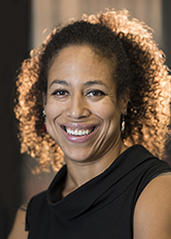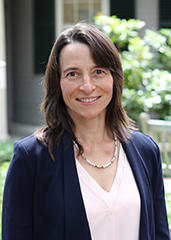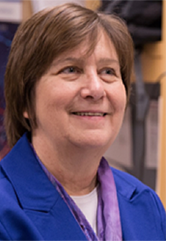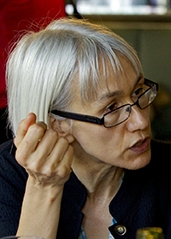Topics
- active learning (18)
- research assignments (6)
- libraries (1)
- literature-based learning (2)
- multimedia (5)
- museums (6)
- object learning (7)
- online learning (5)
- peer instruction (10)
- storytelling (2)
- learning management system (2)
- syllabus design (3)
- teaching empathy (3)
- teaching fellows (1)
- lecture (3)
- learning goals (8)
- assessment (6)
- data (3)
- backward design (3)
- blended approaches (12)
- case-based learning (8)
- classroom contracts (7)
- classrooms and space (3)
- collaborative learning (27)
- community events (1)
- course transformation (7)
- devices (3)
- learning by making (5)
- discussion (24)
- engaged scholarship (4)
- experiential learning (16)
- feedback (18)
- group work (8)
- guest speakers (7)
- interdisciplinary (6)
- leadership (3)
Send feedback
Subscribe
Copyright © 2024 The President and Fellows of Harvard College | Privacy | Accessibility | Digital Accessibility | Report Copyright Infringement

 Cassandra G. Extavour, Professor of Organismic and Evolutionary Biology and of Molecular and Cellular Biology, is one of six co-instructors for
Cassandra G. Extavour, Professor of Organismic and Evolutionary Biology and of Molecular and Cellular Biology, is one of six co-instructors for 
 Jie Li, Assistant Professor of East Asian Languages and Civilizations, provides students with multiple opportunities to collaborate in General Education course
Jie Li, Assistant Professor of East Asian Languages and Civilizations, provides students with multiple opportunities to collaborate in General Education course  Marianne Wessling-Resnick, Professor of Nutritional Biochemistry, employs active learning strategies including debate, ‘
Marianne Wessling-Resnick, Professor of Nutritional Biochemistry, employs active learning strategies including debate, ‘ Ann Forsyth, Professor of Urban Planning, incorporates projects with clients into many of her Graduate School of Design courses, from semester-long endeavors to optional assignments. Students gain experience designing sustainable and healthy cities by working with and producing reports for government, educational, and non-profit organizations.
Ann Forsyth, Professor of Urban Planning, incorporates projects with clients into many of her Graduate School of Design courses, from semester-long endeavors to optional assignments. Students gain experience designing sustainable and healthy cities by working with and producing reports for government, educational, and non-profit organizations.